The Forge Tube Amplifier Overview - An Ampsandsound and Headphones.com collaboration.
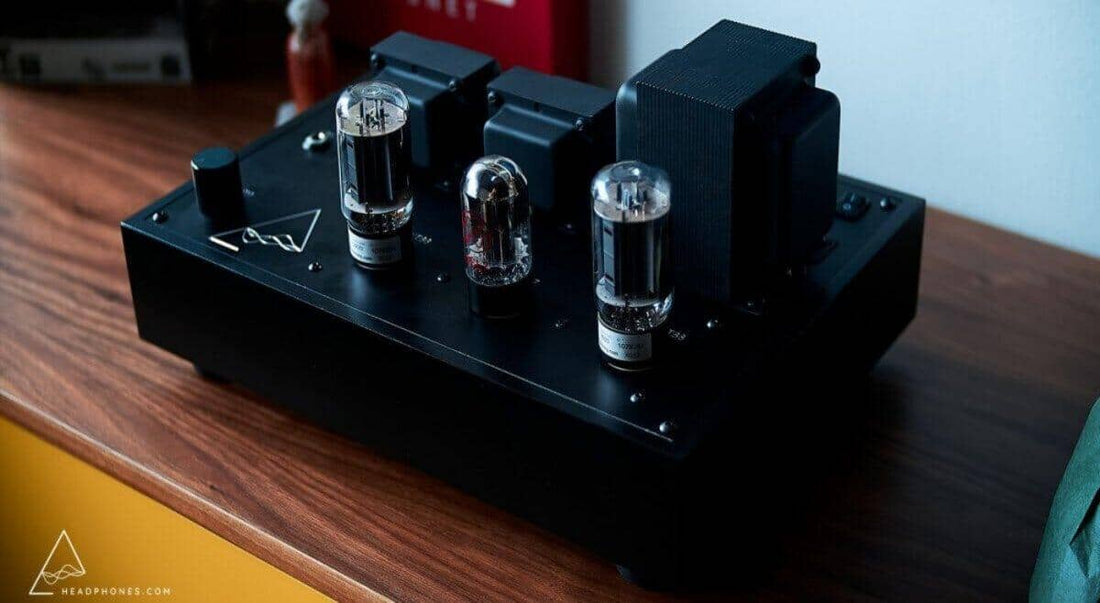
Written by Grover Neville
Ampsandsound’s Justin Weber runs one of the most interesting personal audio electronics companies in the industry. Classic, old school, no-compromise designs with startling amounts of power and current drive. The internals are nearly entirely turret-boarded with hardly a PCB board in sight, and the units are all hand built and feel just about earthquake proof. Add in the fact that he has his own custom designed transformers, something that largely become a lost art, and you have amps which totally eschew measurements and integrated circuit chip amps.
The same is true for the Forge , which has the same muscular industrial build and old school turret-boarded construction of Ampsandsound’s other amplifiers. Tube compliment is a triode-strapped pair of KT88/EL34/6L6GC and the input tube is a 6SL7. Unlike other pieces from Ampsandsound’s Justin Weber, this amp ditches the wooden sides for an all black construction, and the pictures don’t quite do justice to just how nice the finish is. And the sound?
I’ve heard several of Justin’s amplifiers including the ZMF Pendant and the Kenzie , and all of them have impressed me in various ways, they have dynamics and texture that are astonishing, especially if you typically associate old school with meaning rolled off and lacking impact. Nothing about these amps is wimpy or rolled of sounding however, and it brings up an important point about those aforementioned specifications and measurements. For those merely interest in sonic impressions, feel free to scroll past the following tech talk.
Forge Specs with JJ KT88s Power Vacuum Tubes
- Input Sensitivity 1.6v P-P
- Max Power Hi Z (300ohm) 4Watts
- Max Power LoZ (32ohms) 4.5watts
- Noise HiZ 680uv RMS
- Noise LoZ 460uv RMS
Editor's Note - The Forge has two potential configurations, one with 8 ohm low and 100 ohm high Z outputs, and the other with 32 and 300 ohm outputs. For higher sensitivity or lower impedance headphones, it is recommended to choose the configuration with 8 and 100 ohm outputs. You may also want to consider this configuration for certain higher impedance headphones that may also have slightly higher sensitivity as well to ensure there's no noise floor.
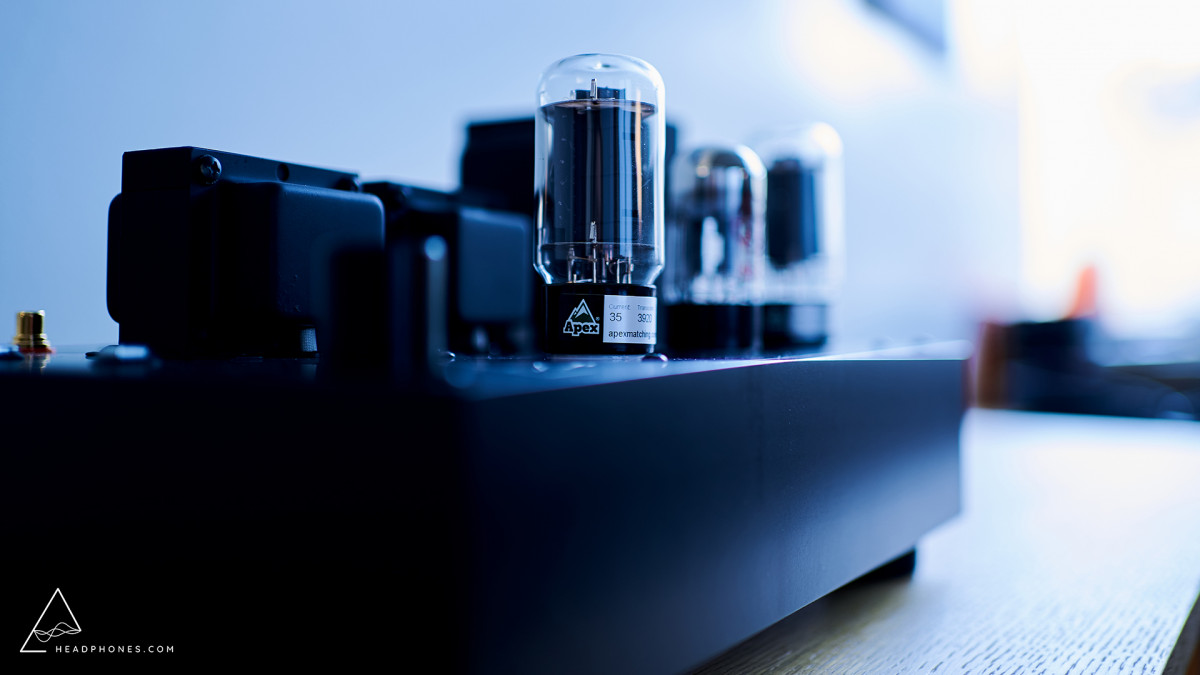
Tubes and Technical Details
Let’s talk tubes - and no, I won’t bore you with descriptions of how tubes work that I stole from a wikipedia article. Electrons jump off plates in a vacuum and amplify a signal, this we know. Instead, a designer’s perspective is a more interesting approach to understanding some of the key elements of the Forge, and why it sounds the way it does - which is to say, punchy, powerful and with plenty of high and low frequency detail and texture.
Tubes are generally high impedance devices compared to transistors - this means they have a relatively higher resistance to electrical signal flow. Low impedance is often desirable to drive sufficient power through an output device and into a transducer, but it’s not the whole story, because impedance can vary depending on the frequency. 20hz will behave differently than 1khz for example, a phenomena which is referred to as the ‘load line’ of a given amplification device.
The result is that while power delivery is best at low output impedances, this is not always the most desirable way to couple a transducer to an output device. Sometimes a higher impedance device will have a more pleasing or flatter load line. To complicate this matter, most tubes amplifiers do not have a sufficiently low impedance to drive low impedance transducers, and so a signal transformer is used to couple the impedance. If you are familiar with OTL or ‘output transformerless’ tube designs, this is what separates pure tube amplifiers from tube amplifiers with output transformers, with the vast majority of amps being of the transformer-coupled variety.
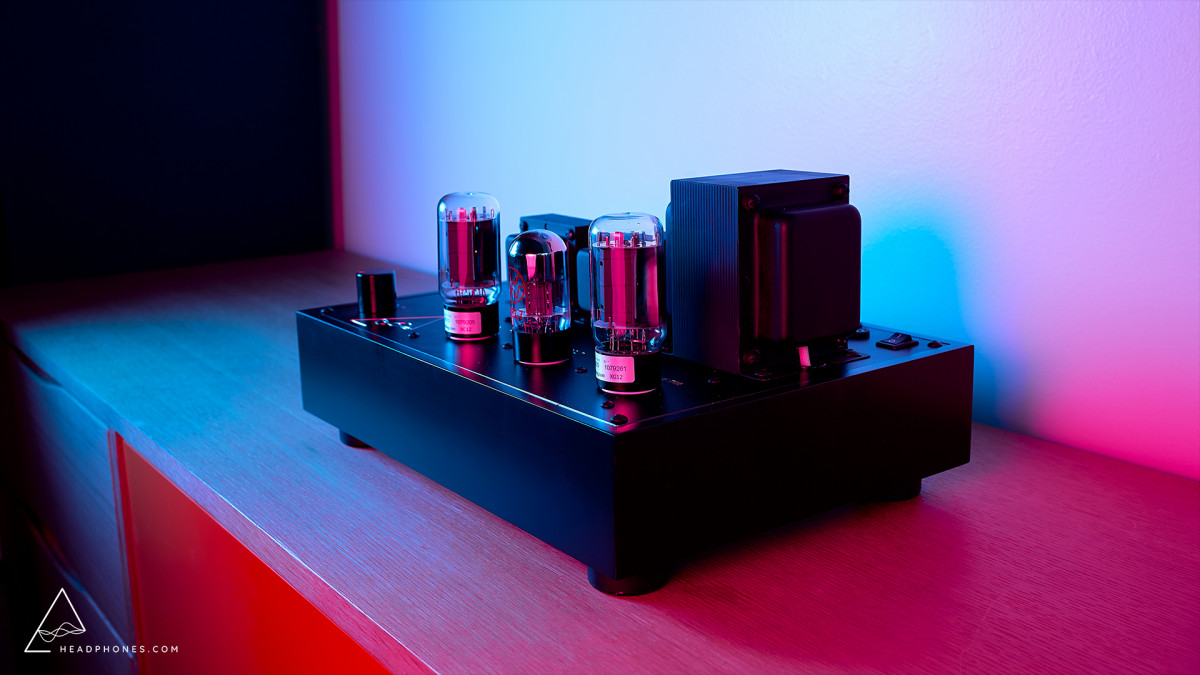
Because a transformer’s job is to couple impedance, the ideal transformer has basically no innate characteristics of its own. However, in practice building great and transparent sounding transformers is terribly complex and many of the best companies of old such as Peerless, Freed, Langevin and others are long out of business. The difficulty of finding an excellent transformer company cannot be understated, and building your own is not a task for the feint of heart.
However, remember those load lines from before? As you’ve likely already guessed, the impedance coupling device is absolutely critical in creating a flat load line and good power delivery with minimal distortion. Ampsandsound has their own, totally proprietary transformer designs which are very wide bandwidth and deliver plenty of current, a process which took years of careful experimentation and listening because there aren’t many better ways to really test a transformer besides actually hooking it up to a circuit and listening to it.
Two other key ingredients of Ampsandsound amps are triode strapping, whereby tubes that are not triodes are connected as triodes in order to achieve smoother, more pleasing distortion curves, and large, beefy power supplies that can feed plenty of current. Ampsandsound makes extensive use of both of these techniques, and it allows them to use bigger, more powerful tubes that offer better dynamics and bass, while still retaining the pleasing sound of triodes.
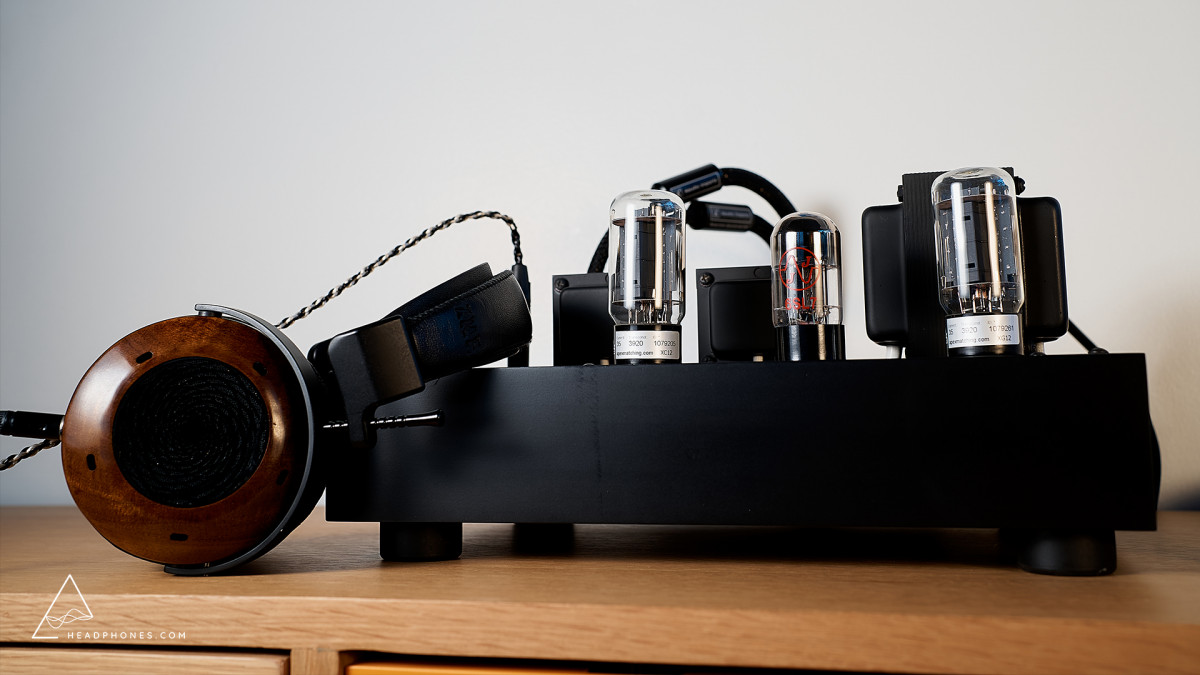
The Sound and the Science
While I find the technical details quite interesting, you’re likely wondering what all this means and how it sounds. Well, in a word, clean, powerful and with enough of that shimmering, spooky transparency in the upper midrange to satisfy tube lovers, but with enough grip and linearity across headphones to satisfy lovers of solid state amplifiers.
A number of tube headphone amps tend to be OTL or output transformerless types, as the relatively higher impedances of headphones compared to speakers, plays well with the higher source impedances of tube amplifiers. What tube amplifiers tend to do for headphones is increase the sense of resolution in the upper midrange, with a clarity and spatiality that helps get sounds out of the head a bit more.
The Ampsandsound Forge, by contrast does something a little more familiar to the speaker listener, and which I tend to associate with transformers - it adds an increased density and weight to the sound over solid state or even clean OTL amplifiers like the Feliks Elise. I liked this quality in the bass regions especially, as the output transformers Ampsandsound is using are very clean and tight sounding, so that you get increased slam without the underdamped looseness that can sometimes result from transformer-coupling a tube amplifier.
That is not to say that the Forge is completely clean - it does have a slight saturation and coloration in the midrange, but not enough to make it disturbing or unbalance most headphones. It tilts things a little towards the bass regions, especially the subbass and makes the upper midrange very silky and smooth without taking away detail. This amp is a great antidote for any harshness in the upper ranges.
Treble, much like the midrange and bass is exceptionally transparent, and has an illuminated yet linear quality that splits the difference between typical solid state neutrality and tube holography. In fact, I don’t hear much if any rolloff of the uppermost ranges, testament to the Ampsandsound’s excellent transformers. While it’s not quite as linear as my SPL Phonitor XE, it was closer to being capable as a mixing and mastering amp than almost any transformer-coupled tube amp I’ve had in the system. Only a hint of extra density in the mids and bass keep me from recommending it in this application.
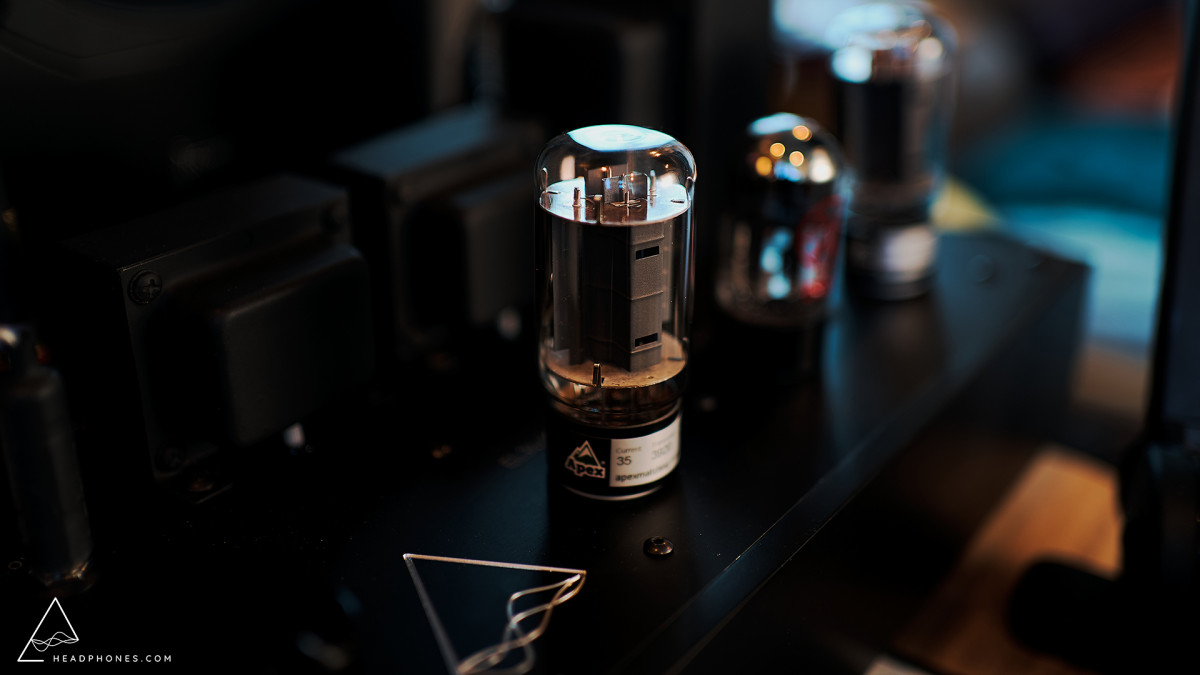
Bringing Everything Together - The Conclusion
The Forge is an amp that aims to do many things at once - a transformer coupled amp that is quiet, and has linearity but also power. None of these are easy characteristics to balance in the design, but the careful combination of techniques has made it possible. Triode-strapping powerful Beam Tetrodes or Pentodes for a dense, linear sound without sterility, and careful transformer design have put this amp squarely in what I would consider tastefully colored territory. For those looking for a tube amp that can drive anything, planars included, and will give them a little bit of mojo without laying it on too thick, the Forge is worth a listen.
-Grover Neville
Watch the video overview here:
---
Buy the Forge Tube Amplifier.
Discuss the Forge on the HEADPHONE Community Forum here.
---
